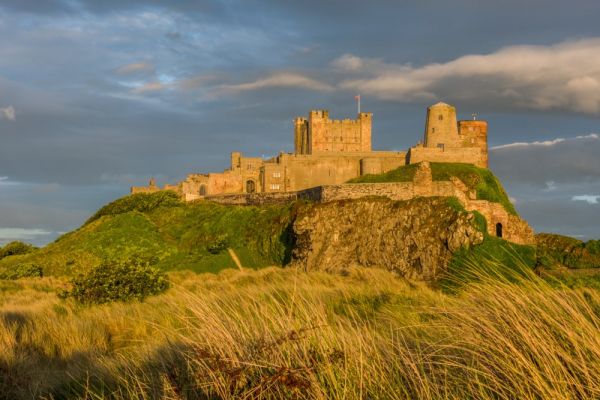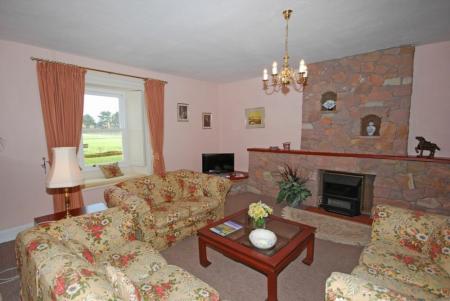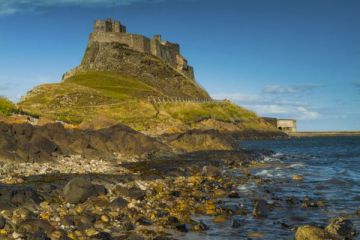
Sixteen rooms are open to the public, including the Crewe Museum Room, originally the medieval kitchens, but now given to fascinating exhibits ranging from a table of oak scavenged from Emperor Hadrian's 2nd-century bridge over the River Tyne, to the 7th-century gold ornament known as the Bamburgh Beast.
The King's Hall is a magnificent restored medieval hall, with a minstrel gallery at one end. The oldest surviving part of the castle is the 12th-century keep, part of which has been adapted to display medieval and Napoleonic armour. The newest room open to the public is the Archaeology Museum, with exhibits of local history and archaeological investigations.

Among the exhibits is the superb 7th-century sword found here in 1960, known as The Bamburgh Sword, which was probably owned by a Saxon king. Visitors will also enjoy the Bamburgh Castle Aviation Artefact Museum, showcasing engines, propellers and more rescued from crashed aircraft dating from 1910 through WW2.
In Bamburgh village is the ancient church of St Aidan, which may date to the 7th century. In the churchyard is the grave of Grace Darling, the daughter of a lighthouse keeper on the Farne Islands, who famously helped rescue the crew of a ship that ran aground during a fierce storm.
Visiting
I've been to Bamburgh on four occasions, and every time I'm amazed. It is hard to overstate just how stunning the castle is. If you approach from Bamburgh village, coming down the broad high street towards the cricket pitch, the castle looms above you, imposing and overwhelming.
Stand on the field and look up at the tick walls looming over you and it is hard to be unmoved. The best views of the castle are from the beach; when the tide is out and the golden late evening light highlights the battlements you would be hard-pressed to think of a more picturesque castle in all of England.
But that's just the exterior; inside the castle walls, it is equally impressive. Inside the hall of Bamburgh's stone keep you can see a Saxon well, cut straight down for 21 metres through solid rock. This well was known for its pure waters, and without it, the castle would never have existed, or been able to withstand sieges.
When Edward I of England stole the Stone of Destiny (The Stone of Scone) from Scotland he sent it south to Westminster Abbey, where for seven centuries it rested under the Coronation Chair used by British monarchs. Legend has it that the Stone stayed briefly at Bamburgh on its way south to London.






 We've 'tagged' this attraction information to help you find related historic attractions and learn more about major time periods mentioned.
We've 'tagged' this attraction information to help you find related historic attractions and learn more about major time periods mentioned.



